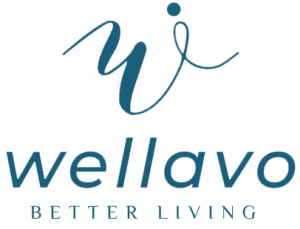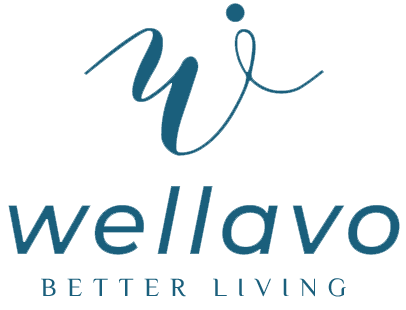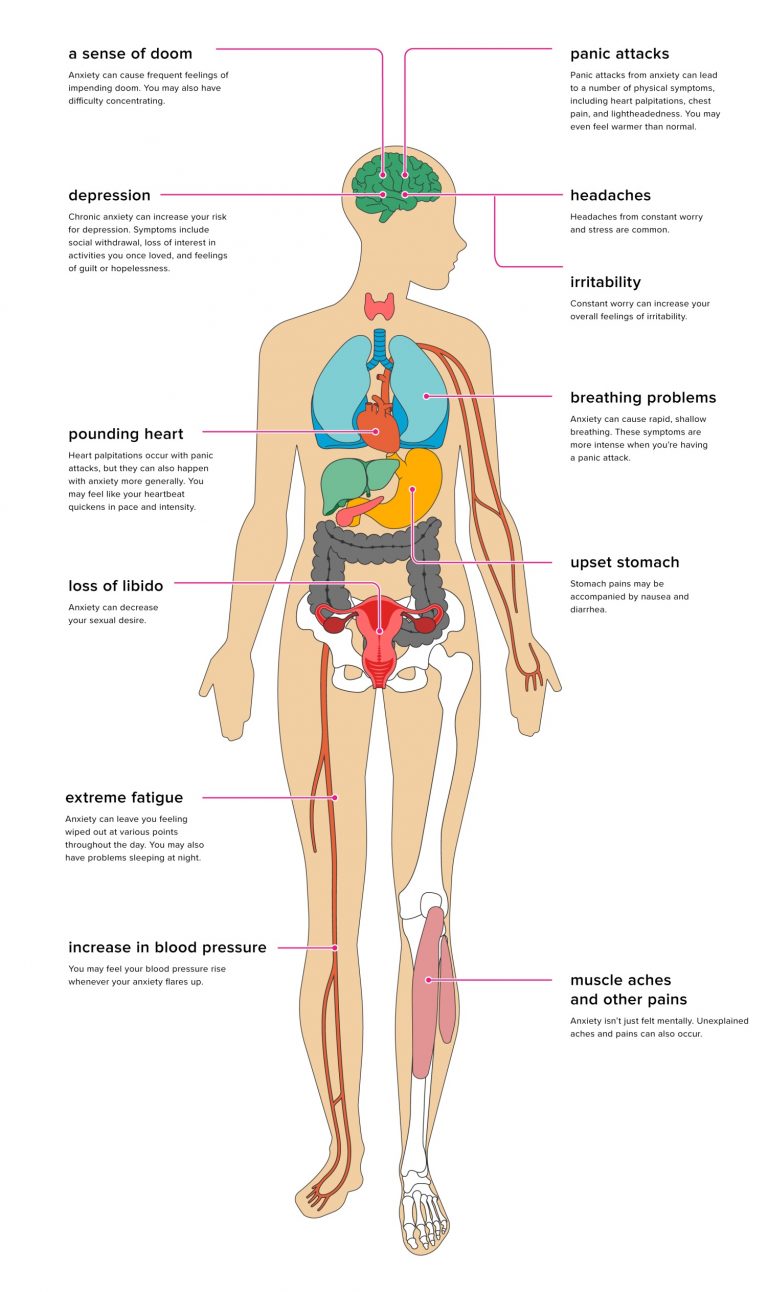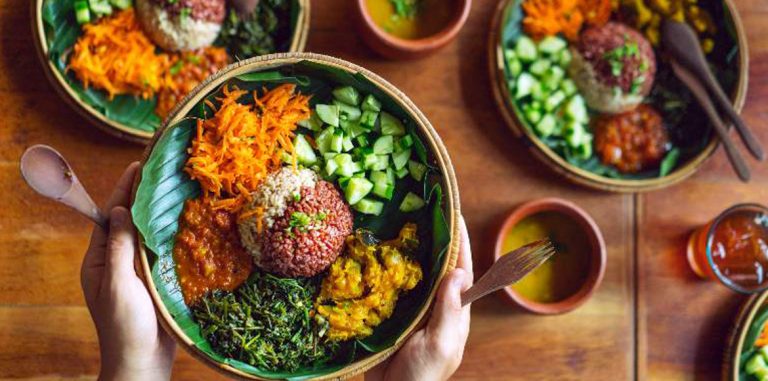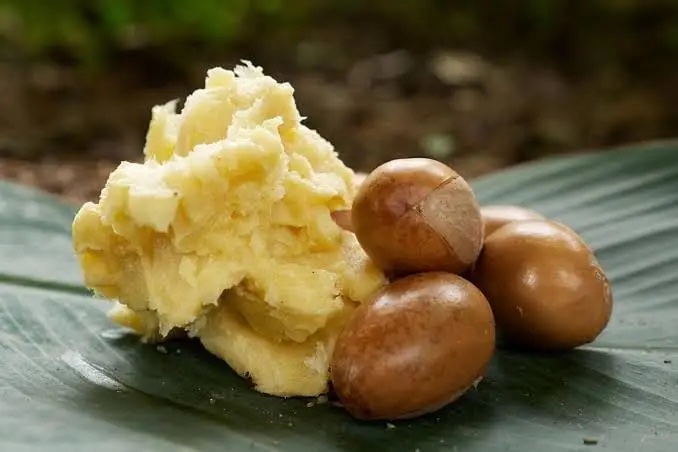Fasting is considered as best detoxifying treatment in ayurveda. Animals abstain from food during their sickness. So, it also applies to human beings.
In Nature Cure, fasting is a primary treatment and it is applicable in almost all diseases. Naturopathic treatment starts with fasting and ends with advocating healthy eating and correcting lifestyle.
Why do you need fasting?
Your wrong dietary habits, unhealthy foods, wrong food combinations, overeating and poor digestion cause formation of Ama Dosha in your body. It is a type of toxins that accumulates in the abdomen and causes abdominal diseases. It mixes with doshas (Vata, Pitta and Kapha) and waste products. Then it converts to Amavisha, which spreads throughout the body. Then it causes disease of an organ where it finds a weakness. It blocks the channels and affects the natural function of tissues and organs. Therefore, Ama Dosha is a main disease-causing factor, according to ayurveda.
To cure any disease, you first need to remove already formed Ama Dosha in your body. Then you require to prevent its further formation. For removing Ama Dosha, you require fasting. Because Ama Dosha contributes to every disease and fasting removes Ama Dosha. Therefore, fasting is called one complete medicine for all diseases. Due to this reason, fasting is a primary treatment or therapy in nature cure.
If you do regular fasting for a full day at least once per month, ideally once per week and follow the ayurvedic diet plan or Healing Diet, further formation of Ama Dosha also stops. So, you always live a healthy life. You will not suffer from any disease in your life.
Also Read: Ama Dosha, Amavisha and Garvisha in Ayurveda.
Fasting Purposes
लङ्घनेन क्षयं नीते दोषे संधुक्षितेऽनले ॥१४०॥ विज्वरत्वं लघुत्वं च क्षुच्चैवास्योपजायते ।
Fasting reduces Dosha aggravation in the body and stimulates natural digestive power (Agni), according to ayurveda. By fasting, you feel lightness in the body and improved appetite. So, it is very important step in ayurveda as well as in nature cure to treat every disease.
There are three purposes of fasting:
- Giving complete rest to the digestive system.
- Detoxifying the digestive system and getting rid
of foreign matters. - Restoring natural healthy digestion.
Fasting provides complete
rest to the digestive system
Your digestive system has to work constantly without getting any rest and healing time. Your digestive system also needs rest to heal itself. Fasting induces healing process in your digestive system as well as other organs in your body.
When you suffer from any illness, your appetite diminishes.
It indicates nature also wants that you should not eat food anymore until you
feel well.
After a few days, your body starts demanding for food. And
this is the right time to give food.
Fasting detoxifies the digestive system and helps in getting rid of foreign matters
Research studies reported fasting reduces oxidative damage
and inflammation in the body. These two factors contribute almost all diseases.
So, it can protect you from all types of heart diseases, neurological disorders,
obesity, hypertension, asthma and
arthritis.
It also helps the body to fight off microbes and foreign
matters. Therefore, it is a primary treatment in ayurveda and nature cure. It
stimulates your immune system to heal your body.
Fasting Restores Healthy Digestion
Fasting gives rest to the digestive
system and removes toxins from it. So, now you regain healthy digestion.
Healthy digestion prevents the accumulation
of toxins in the body and restores overall health.
How long should I do fast?
In Ayurveda, duration of complete fast (zero food intake)
varies according to a health condition. However,
long-term fasting is not recommended except in chronic fever in which ayurveda
recommends fasting for 5 days.
In most cases, Vata and Pitta type people should not do fasting for more than a day. In such cases, long-term fasting may also increase vata dosha in the body. So, fasting should be done carefully. However, they can adopt intermittent fasting. In intermittent fasting, one should eat food within 8-10 hours and should not eat any food for 14-16 hours every day.
Kapha type people can do fasting for 3 to 5 days or until
they feel appetite and signs of effective fasting (discussed below).
In Ayurveda, fasting is a primary indication for reducing
Ama Dosha from the body and cleansing the digestive system. Ama dosha indicates
an accumulation of toxins in the body.
The basic principle for the duration
of fasting is:
“Fasting starts when you don’t feel appetite anymore,
fasting ends when you feel appetite and your body demands the food passionately.”
According to this principle, the duration of fasting is not fixed. So, one should do fast until the appearance of signs of effective fasting.
Signs of Effective Fasting
- Increased appetite.
- Increased energy.
- Feeling of lightness in the body.
- The clarity
in the mind. - Clean tongue – discoloration (white, black or
yellow) of tongue disappears. - No digestive ailment like bloating, gas,
abdominal heaviness, etc. - One will feel appetite and his/her body will
demand food passionately.
In nature cure, we recommend fasting for 3 days in almost all diseases. However, patients suffering from chronic diseases or weak patients can do fast for one day. Initially, one can start with one-day fasting. The duration can be increased as the body develops tolerance to fasting.
Without professional supervision, you should not have water fasting for more than 24 hours.
The duration of fasting depends on the strength of the
patient’s body. As in ayurveda, nature cure also recommends fasting for one day
for weak people. Vata type people are generally weak. Pitta type people have
excessive hunger. So, one day fasting in them serves the purpose. Kapha type
people can do fast for a longer duration without any trouble.
Healthy people should do fast once per week to live a
healthier, happier and longer life.
Conclusion: Fasting duration can vary according to the
strength of the patient. If you are
getting nature cure treatment, then the weak
patient should fast for a day and strong patient should do fast for 3 days. For
preventive measure, one should do fast for a whole day once per week.
How to Fast
First Method: Only Plain
Water is Permitted.
One should not eat
anything for the recommended duration, which may vary from 1 to 3 days. You can
drink water. This is an ideal method.
Second Method: Coconut
Water is Permitted.
Generally, Pitta type people feel extreme appetite. So, one
day fast is also very difficult for them. In such cases, if you feel extreme or
unbearable appetite, then you can take coconut water occasionally whenever you
feel its need.
Third Method: Intermittent Fasting – Eat within 8 hours
and fast for 16 hours each day.
This is a modern-day
fasting method and serves very good results if you only take plant-based foods.
Within 8 hours, you can eat anything, which is healthy. After 8 hours, you are
not allowed to eat anything.
For example, if you took breakfast at 8 AM, then your last meal of the day must be before 4 PM. So, you are fasting between 4 PM evening to 8 AM the next morning.
We recommend the following way:
| Timings | Food Types |
| 8:00 AM | Vegetable Juice or Smoothie |
| 10:00 AM | Fruits (Group 1 or 2) |
| 1:00 PM (Lunch) | Salad + Herbs + Seeds + Whole Grains +/- Legumes +/- boiled vegetables +/- spices |
| 4:00 PM | Fruits (Group 3 or 4) |
| 6:00 PM (Dinner) | Salad + Herbs + Nuts +/- Whole Grains |
For Fruit groups, check Fruit Guide.
This method is most useful if you suffer from obesity, heart
diseases, metabolic disorders, polycystic ovarian disease, hormonal imbalance,
fatty liver disease, etc.
What should I do if I cannot continue fasting?
Stay calm and don’t get panic. If you cannot start 3 days long fasting, then you can start skipping your breakfast. You can practice it for a few days. Then you can try by skipping both breakfast and lunch. When your body adapts, you can fast for a whole day. This practice also makes you able to keep fast for 3 days. Alternatively, you can follow Fasting for Healing Regimen.
3 days fasting is the initial
requirement in Nature Cure. Many people can do it without any trouble.
People with a weak
mind and excessive hunger may adopt the second method and let the body adapt to fasting. They can keep one full day fast
once per week.
Healthy people should adopt one full day fasting once per week or intermittent fasting on a daily basis.
Fasting Contraindication
क्षयानिल भय क्रोध काम शोक श्रमोद्भवात् ।
- Progressive wasting of the body.
- Aggravation of Vata Dosha.
- Fear.
- Anger.
- Excessive physical relations.
- Excessive grief.
- Excessive physical exertion.
प्राणाविरोधिना चैनं चैनं लङ्घनेनोपपादयेत् ॥१४१॥ बलाधिष्ठानमारोग्यं यदर्थोऽयं क्रियाक्रमः ।
There is no limit on fasting prescriptions, but you should do fasting according to your strength. It can vary person-to-person. It depends on your mental and physical strength. Still, we have the main aim to preserve strength. Generally, a healthy individual can have fast for three days without having any problem.
References
- Charak Samhita, Chikitsa Sthana, Chapter 3, Verse 139-142.
